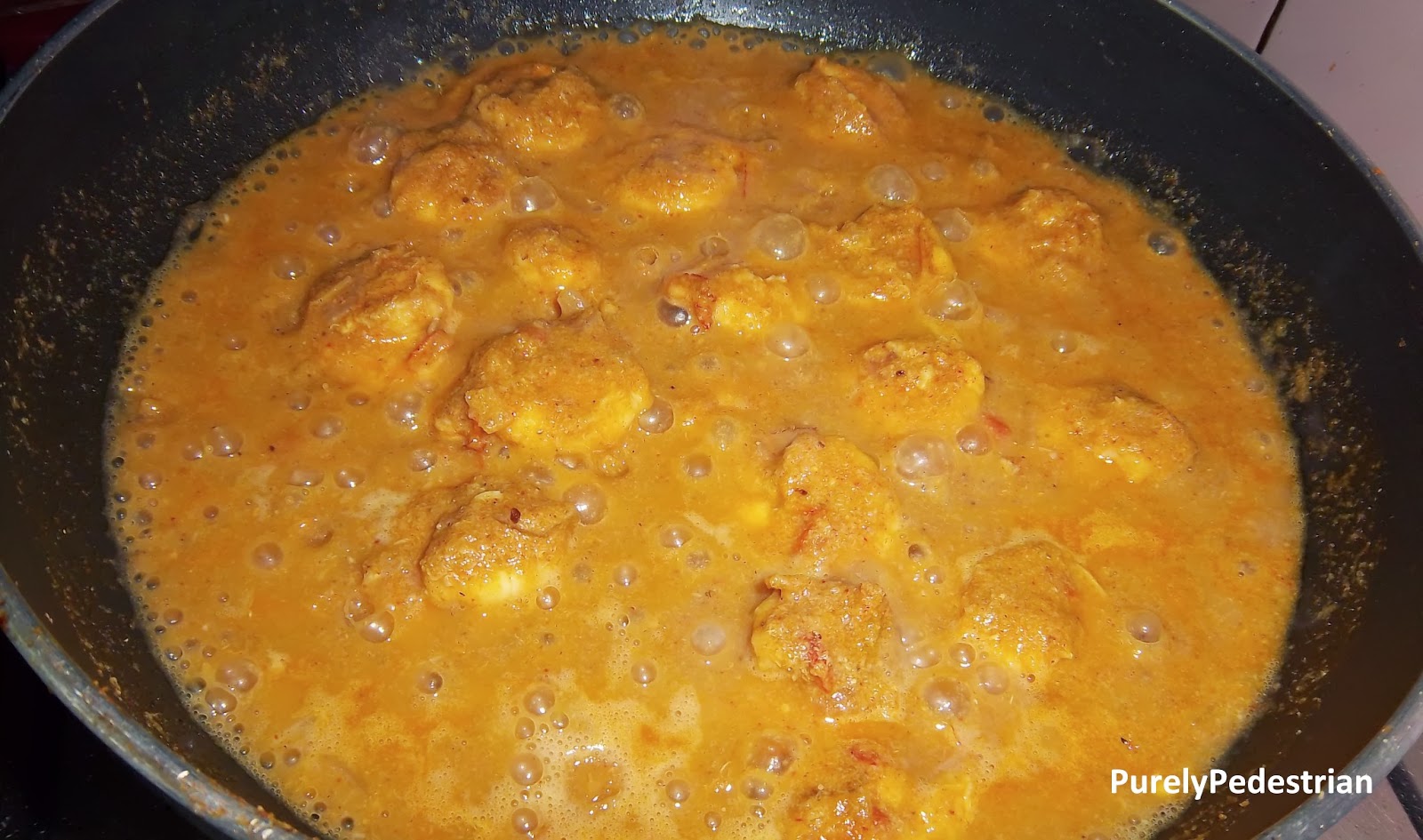Most of us grew up with our moms feeding us almonds / badaam during are growing years. They were said to be good for our brains and of course as children we needed all the help to tackle loads of school work. Mothers were advised to give their daughters a few almonds from the age of 5, it supposedly helped them during their menstruation years. Almonds are rich in Vitamin E and Folate, as well as monounsaturated and polyunsaturated fats. They are an excellent source of phytosterols, which reduces the level of harmful cholesterol. Traditionally, it is considered the best to eat almonds raw even roasting it kills some of its nutrients. In fact, most times the almonds we get in stores are pasteurized and the processing has already killed some nutrients. But even after that it is still rich in vitamins and minerals. Soaking is considered good since it helps in activating enzymes aiding better digestion and absorption of nutrients.
Adding almonds into the daily diet is very easy - have a handful of soaked almonds in the morning or add them chopped into cereal, smoothie, or fruit salad or just keep a boxful in the office to munch on sometime during the day. I have found eating them raw as a snack along with some walnuts and raisins helps in keeping hunger at bay. And lately, I have also added natural homemade almond milk to my diet. Almond milk is very easy to make, take a bowl of almonds and soak it for 1 to 2 days. Change the water twice during this time and then grind it well in a grinder. Soaking helps the almonds soften and it gets ground better. Add a little water when grinding. Strain the mix and keep aside. Grind the strained mix with some more water and strain once again. Water can be added according to how thick you want the milk.
Almond milk has a natural sweetness and can be had straight with no additions. Or blend a fruit or 2 in to make a very healthy smoothie. In fact if using the almond milk for a smoothie, don't strain after grinding it. The leftover strained mush can be added to cereal, smoothies, parathas, etc. Almond milk is a great option for the lactose intolerant and vegans.
Adding almonds into the daily diet is very easy - have a handful of soaked almonds in the morning or add them chopped into cereal, smoothie, or fruit salad or just keep a boxful in the office to munch on sometime during the day. I have found eating them raw as a snack along with some walnuts and raisins helps in keeping hunger at bay. And lately, I have also added natural homemade almond milk to my diet. Almond milk is very easy to make, take a bowl of almonds and soak it for 1 to 2 days. Change the water twice during this time and then grind it well in a grinder. Soaking helps the almonds soften and it gets ground better. Add a little water when grinding. Strain the mix and keep aside. Grind the strained mix with some more water and strain once again. Water can be added according to how thick you want the milk.
Almond milk has a natural sweetness and can be had straight with no additions. Or blend a fruit or 2 in to make a very healthy smoothie. In fact if using the almond milk for a smoothie, don't strain after grinding it. The leftover strained mush can be added to cereal, smoothies, parathas, etc. Almond milk is a great option for the lactose intolerant and vegans.




























